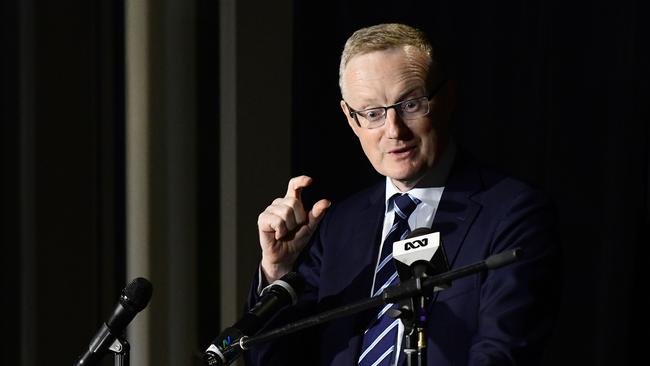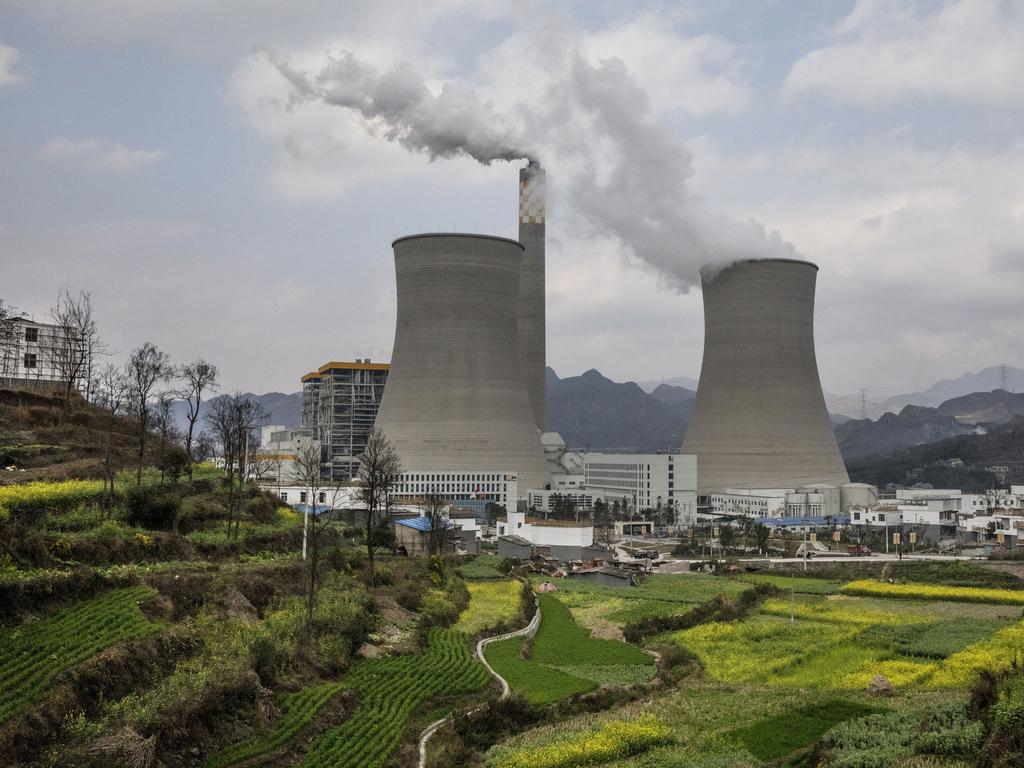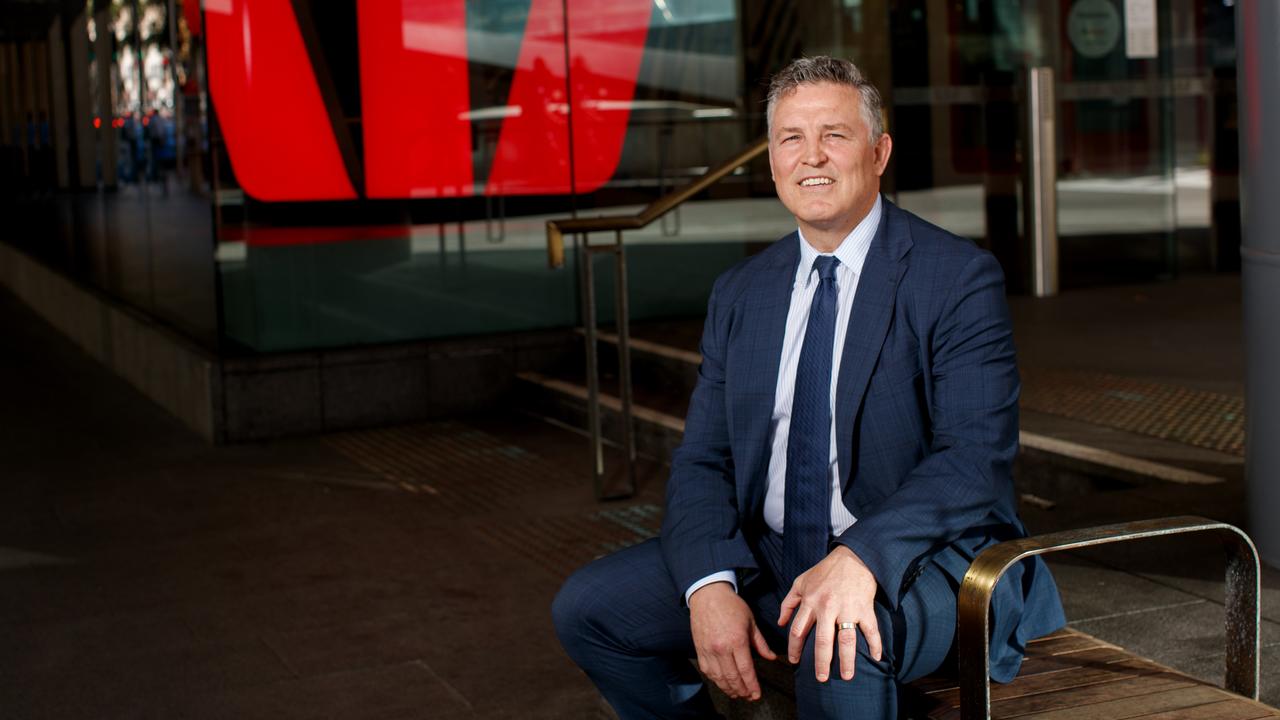ANZ breaks ranks to tip early RBA rate hike
The RBA says rates will stay low until 2024 at the earliest, but investors and now one of the major banks are betting it will be forced to pull the trigger sooner.

ANZ has become the first major bank to tip that interest rates will rise before the Reserve Bank’s 2024 timeline, saying there will be two hikes in late 2023 as the post-Covid expansion pushes wages growth above 3 per cent.
RBA governor Philip Lowe has maintained that rates will not rise above 0.1 per cent until 2024 “at the earliest”.
In a report to clients on Thursday, ANZ said unemployment would fall to 4.8 per cent by the end of this year, before dropping more gradually to 4.4 per cent by the end of 2022, and “the tighter labour market will drive wages growth and ultimately inflation higher”.
Head of Australian economics David Plank said moving off virtually zero rates had to be seen as a good thing, and that even two hikes in the second half of 2023 would leave rates at an “exceptionally low” 0.5 per cent.
It would still be a landmark moment: the first rate hike since 2010.
As recently as Thursday, assistant governor Chris Kent said monetary policy would not begin to normalise for a further three years at least, even as he noted climbing inflation expectations around the world.
The speed of the recovery here and abroad, however, has pushed investors to bet for an even sooner lift-off.
Fixed mortgage rates have moved up from their historic lows as lenders factor in a reduction in central bank intervention – expected to be confirmed at the next RBA board meeting on July 6, which will be accompanied by a speech from Dr Lowe.
Markets have priced in a first hike in late 2022, and a further 1.25 percentage points after that, pointing to a cash rate target at about 1.5 per cent by 2025.
Until Thursday, major bank economists had followed the central bank’s lead and not tipped earlier changes to monetary policy.
In recent weeks, there have been further signs that the post-Covid rebound has transitioned into a sustainable recovery that may force the RBA’s hand.
National accounts showed the economy ended the March quarter larger than before the pandemic, supported by strong business investment, a housing construction boom, confident consumers and booming mineral exports.
The labour market, too, has been a source of confidence, after unemployment inched lower in April to 5.5 per cent despite the end of JobKeeper – resolving a key risk in the eyes of many analysts.
NAB, Westpac and RBC Capital have been among banks to materially lift their economic outlooks, but none used that as a trigger to change their view on rates.
Wages growth would accelerate to 3 per cent by the second half of next year, and hold above that level in 2023 “even as the opening of borders boosts the supply of labour”, Mr Plank said.
“The stronger wages growth forecast underpins our expectation that trimmed mean inflation will return to the RBA’s 2–3 per cent target band by late-2022 and reach the midpoint of the target band by the end of 2023.”
Forecasts for unemployment and wages are ahead of the RBA’s May economic outlook.







To join the conversation, please log in. Don't have an account? Register
Join the conversation, you are commenting as Logout